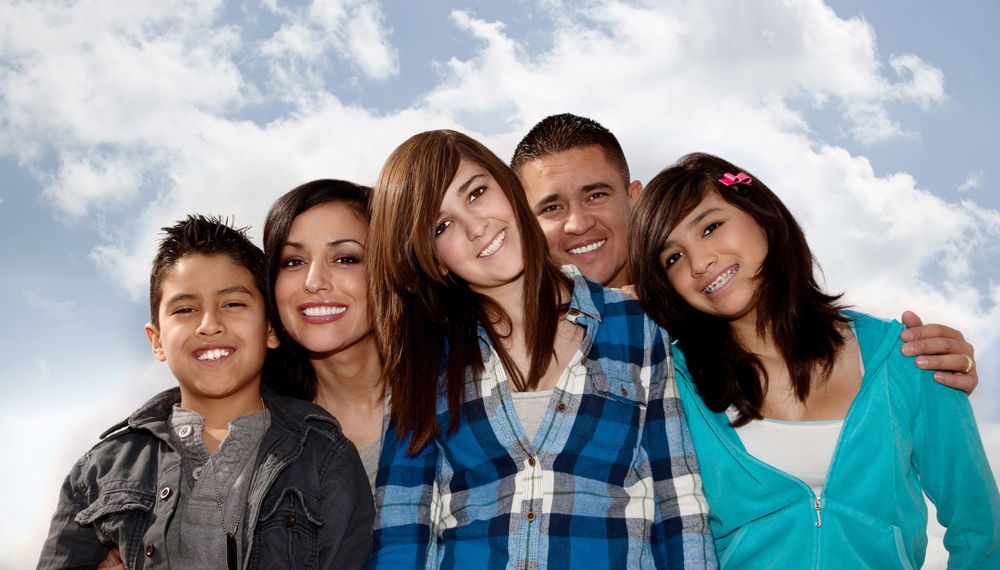Highlights
“The Elder Orphans of the Baby Boomers.”
This provocative headline from last month conjured images of a silver-haired Oliver Twist, supported by a walker, shuffling forward in a gruel line or an elder Orphan Annie sequestered in a nursing home dreaming of being adopted or claimed by her missing family. Is this the future for one-quarter of the U.S. population over 65? In this piece, we explore what the term “elder orphan” really means and how society might avoid a population of elders bereft of all support.
What is an elder orphan? According to the dictionary meaning, almost all elders could be considered orphans in that their parents have died. Digging deeper, the origin of “orphan” derives from the Greek orphanos, translated as ‘bereaved’: “deprived of a loved one through profound absence, especially due to the loved one’s death.” The archaic past participle of bereaved, bereft, does well to describe what many aging adults may feel, unless fully incorporated into the lives of their family or community.
Dr. Maria Torroella Carney, a geriatric and palliative care physician, whose research inspired the headline, uses the term broadly to include people currently over 65 who are “single or widowed, have no children, at least in the area, and no support system.” In 2005, Dr. Joyce Varner described elder orphans as both childless and friendless, noting that 60 percent of nursing home residents do not have visitors. Harvard public policy professor Robert Putnam might say that an elder orphan has low “social capital.” Whichever definition one uses, the number of people over the age of 65 who do not live near sons and daughters (or who do not have them) is increasing. Dr. Carney’s research, confirmed by her medical practice experience, shows that nearly one-quarter of Americans 65 years and older are at risk of becoming “elder orphans,” a number that could increase considering one-third of Americans aged 45 to 60 are single.
Yet people who might be considered elder orphans are not necessarily “bereft,” as our research on caregiving and grief shows. We began with a similar concern for bereft elders. Would the marital and childbearing history of the baby boomers lead to a time when they age and die alone? We interviewed adults who had cared for a dying baby boomer parent, including members of stepfamilies, and we learned that few do in fact die alone. Children who do not live nearby take responsibility for their parents, and the parents had numerous other sources of support. Even though childless baby boomers did not fall within our sample set, we learned several key lessons from a diversity of family systems that can guide how to care well for all of our elders.
People who might be considered elder orphans are not necessarily ‘bereft.’
First, elders’ intentional preparation for aging and the end of life played a significant part in shaping the quality of the experience for all. Clearly defining roles for different members of their communities—surviving family members, neighbors, clergy—in terms of financial and medical decision-making, day-to-day tasks, and personal care is important
Second, formal support from hospice care or a faith community helped deepen the resource base for communal support as well as foster closeness between the web of caregivers and care receivers. Encouraging more community involvement in visiting nursing home and assisted living residents is one initiative that could play a critical role in the future of elder care. Programs that encourage and financially reward intergenerational connections, like a national Caregiving Corps, could help isolated seniors. Paid care from home health aides and others will also hold a critical place, especially since most seniors would prefer to age in their own homes. Ai-Jen Poo’s recent book, The Age of Dignity, includes helpful appendices with guides for interviewing, hiring, and managing paid caregivers.
Third, especially as care extends beyond the immediate family, we need additional awareness of the risks for elder abuse. The potential for abuse, neglect or exploitation is already high for the vulnerable elderly, but may increase as more friends and neighbors are added to the care mix.
Fourth, safeguards for those providing care should be considered as well. For example, expanding the categories of people eligible for Family and Medical Leave Act benefits to include not only stepfamily members but also friends could help honor the care people are willing to give while protecting their current employment.
Ultimately, the use of the term “elder orphan” may do us a disservice by hiding the true joys of aging independently and providing care for a loved one, by blood or by choice. A recent Pew Research report comparing family support for elders in the United States, Germany and Italy highlighted the need for elder care, the types of care provided, and the overall quality of life reported by both care receivers and care providers. Overall, six in ten of those over 65 reported feeling generally happy, and described themselves as less stressed than in other times in their lives. And, in all three countries, more than 80 percent of the younger generations reported that helping an aging parent was more rewarding than stressful.
Fortunately, we have great possibilities for providing support to aging members of our communities. The graying of America does not have to lead to a “hard-knock life.”
Amy Ziettlow and Naomi Cahn research family structure and elder care. Their work is featured in volume 23, no.1 of The Elder Law Journal and will be presented in the book Homeward Bound, slated for publication by Oxford University Press in 2016.









